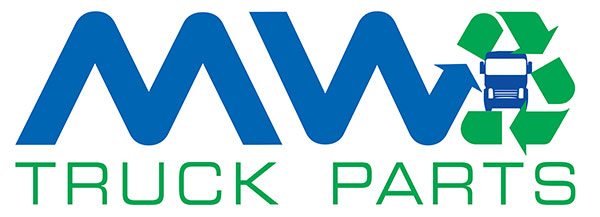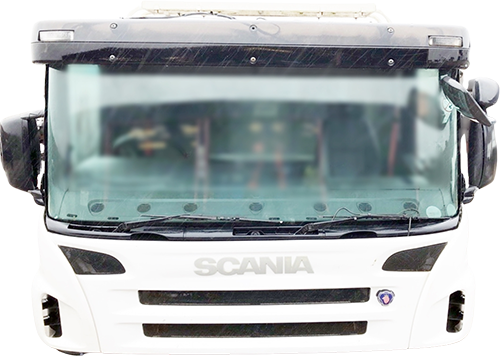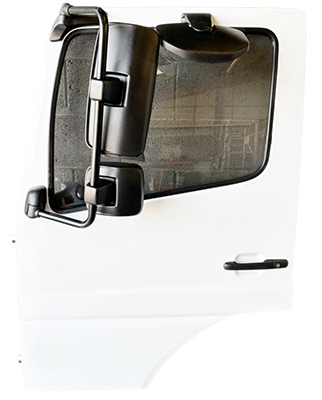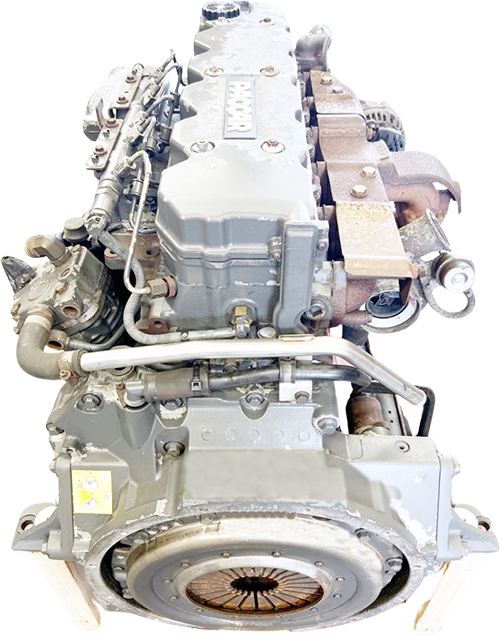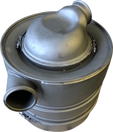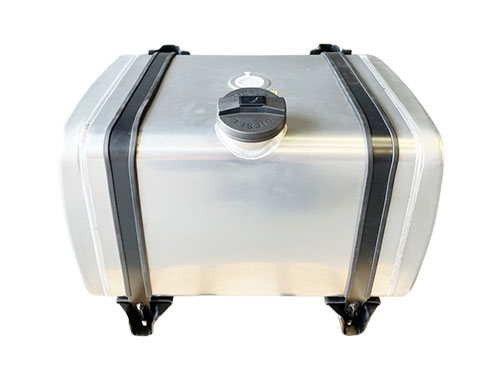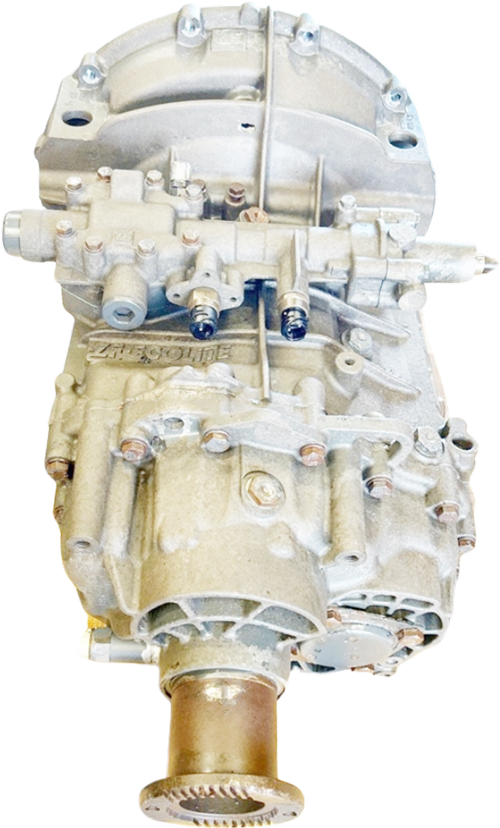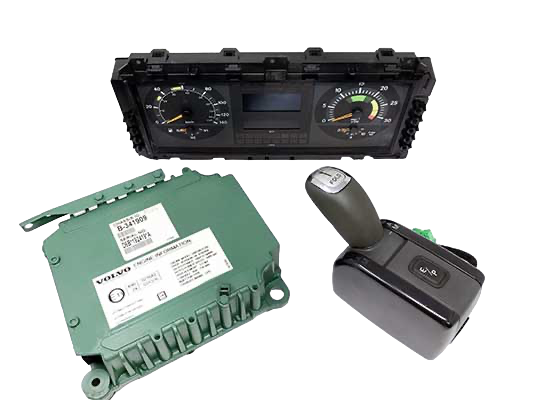Hydraulic wet kits are essential for running hydraulic accessories on trucks and commercial vehicles. They utilise pressurised hydraulic fluid to operate add-ons like tipper bodies, tail lifts, and cranes. Wet kits come in single and twin-line configurations with key differences.
Turning engine power intro hydraulics
Wet kits channel a truck’s engine power to run hydraulic machinery, with the system connecting to the drivetrain to drive a hydraulic pump.
On single-line kits, the pump gets mounted directly to the truck’s transmission, while a power take-off (PTO) interface engages the transmission to spin the pump. The pump pressurises the hydraulic fluid up to 250 BAR and sends it through hoses to operate cylinders and motors on accessories like a dump truck tipper.
Twin-line systems employ a separate engine-driven hydraulic pump instead of linking to the transmission. This gives independent control over the pump engagement. The twin setup provides greater hydraulic oil flow thanks to dual lines preventing pressure/return problems.
Complete hydraulic circuits
A wet kit contains all the components for a self-contained hydraulic system, with the centrepiece pump feeding pressurised oil into hydraulic hoses or lines. Control valves mounted near truck accessories like tipper rams regulate oil flow to extend and retract equipment smoothly.
Return lines bring fluid back to the tank reservoir after doing work. Coolers and filters clean the oil inside the tank before sending it back to the pump. Gauges and indicators let drivers monitor system status. A well-designed wet kit creates a closed-loop circuit for reliable and safe hydraulic power delivery in a truck.
Matching wet kit performance to requirements
Choosing between single and twin-line wet kits depends on your hydraulic demands. Single-line systems suit basic tippers and lifts with lower costs and more straightforward installation. Combining the pump directly into the transmission eliminates the need for extra engine power, making installation easier.
However, single-line kits only provide a one-way hydraulic flow, which limits performance and capabilities. For better control over multiple accessories, the twin-line’s dual pressure/return setup allows simultaneous equipment operation without interference. The standalone pump also enables clean hydraulic engagement.
Splurging on a twin-line wet kit pays dividends through smoother, safer hydraulic control for intensive duty cycles, more extensive machinery, or running multiple tools.
Optimising truck hydraulics
Designing a wet kit for a truck requires striking an ideal balance of hydraulics to match the machinery. Key factors include:
- Pump Displacement – The pump’s capacity for oil volume per revolution impacts potential hydraulic power—match displacement to accessory demands.
- Working Pressure – Pressure limits dictate equipment strength needs. Exceeding ratings risks damage.
- Valves and lines – High-quality valve types and logical routing ensure seamless accessory actuation and safety.
Tuning these specifications creates a harmonic wet kit configuration to unlock the full potential of truck hydraulics.
With their integral closed-loop flow and power, hydraulic wet kits enable trucks to tap into engine strength for running all kinds of accessories.
We are suppliers of bespoke and pre-assembled hydraulic wet kits. Browse our collection today and contact us if you have any questions.






